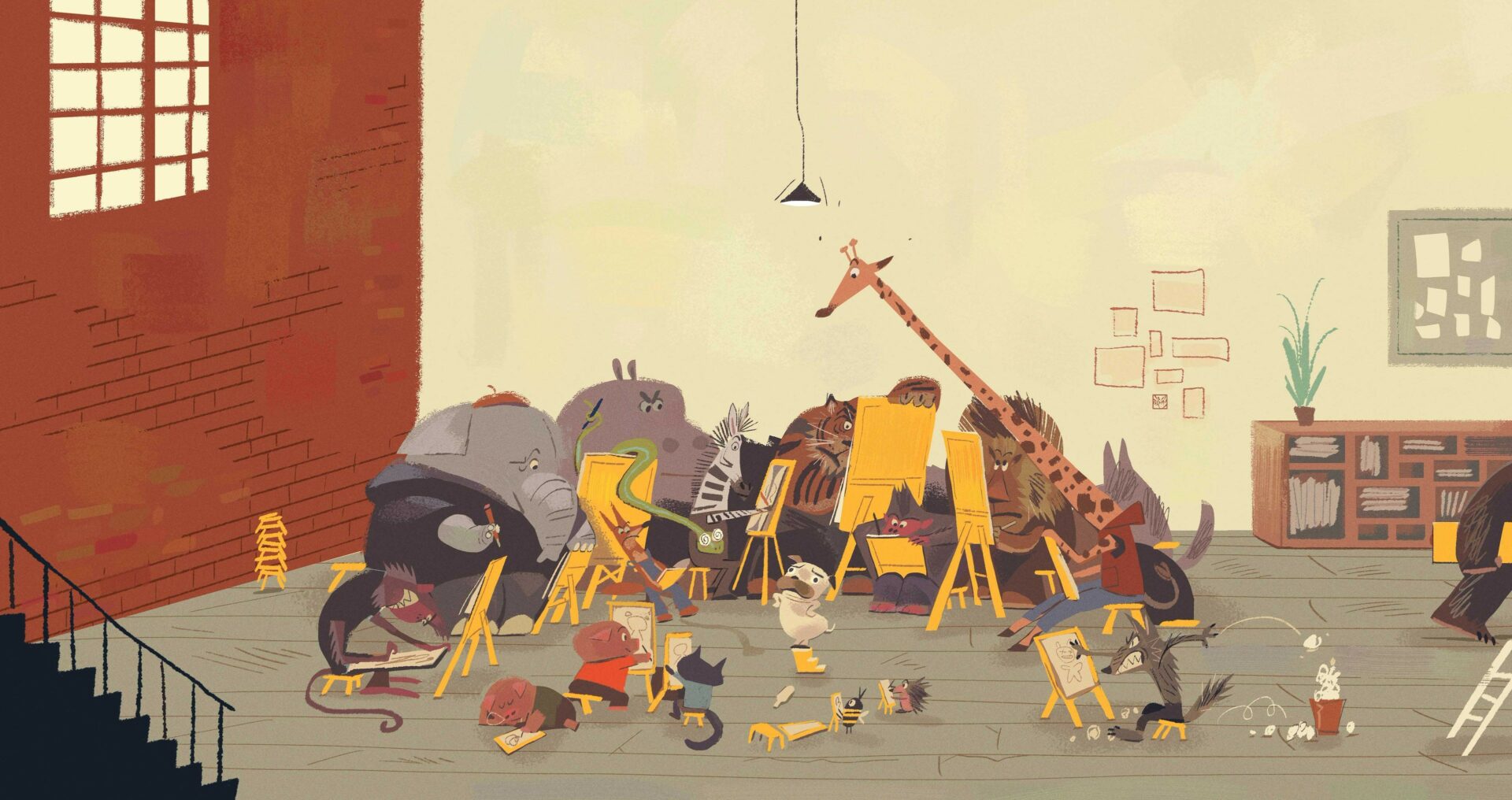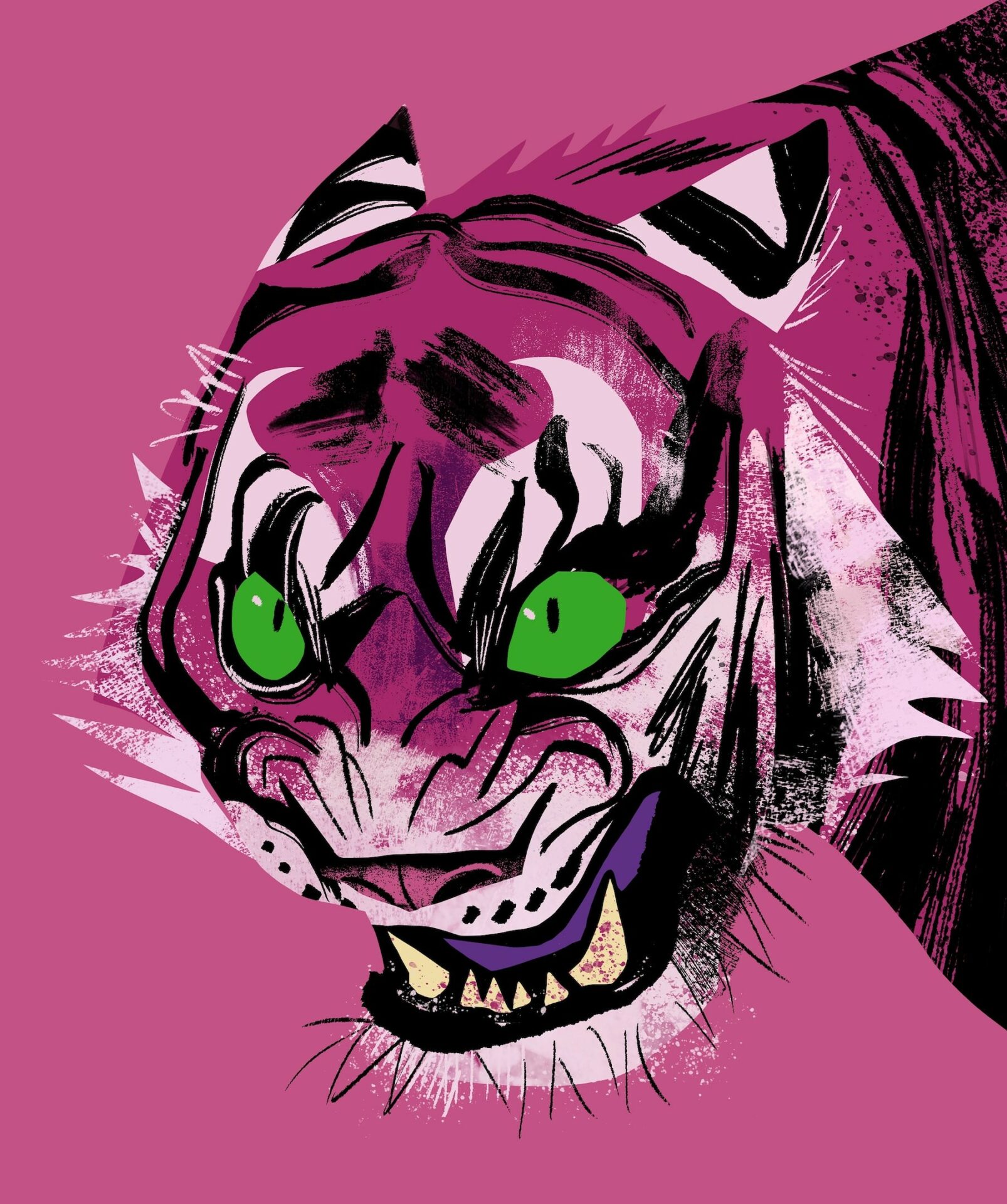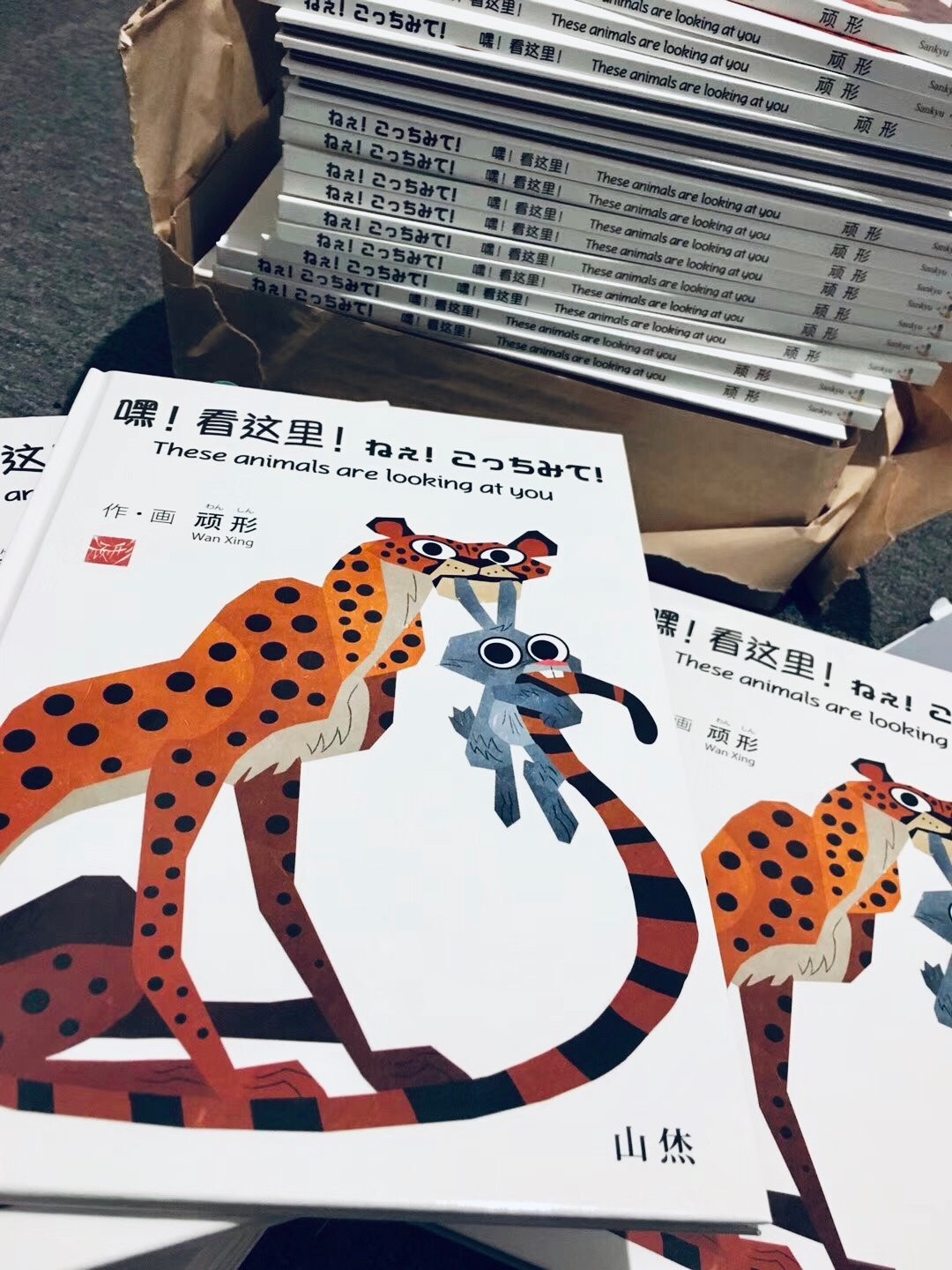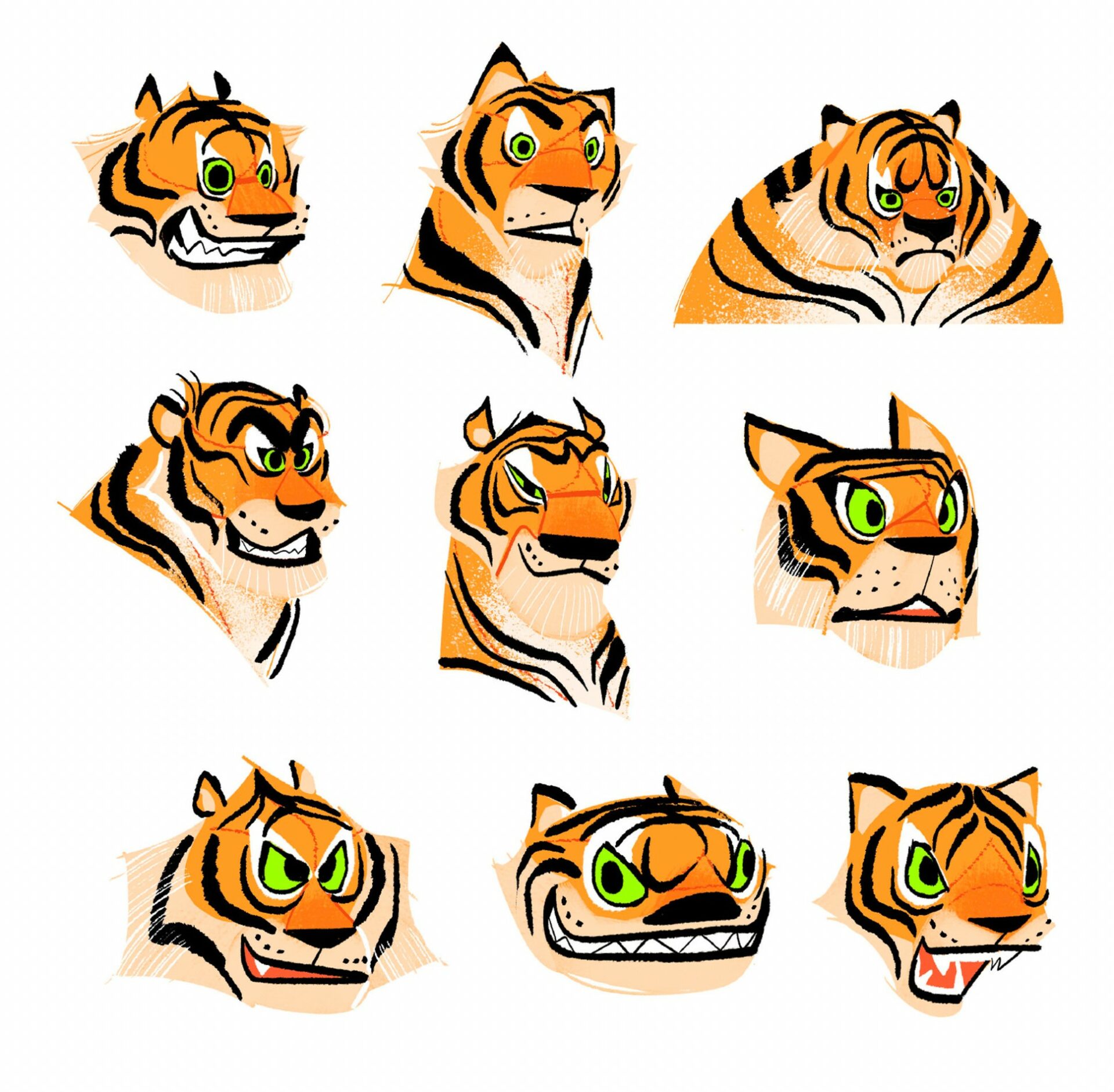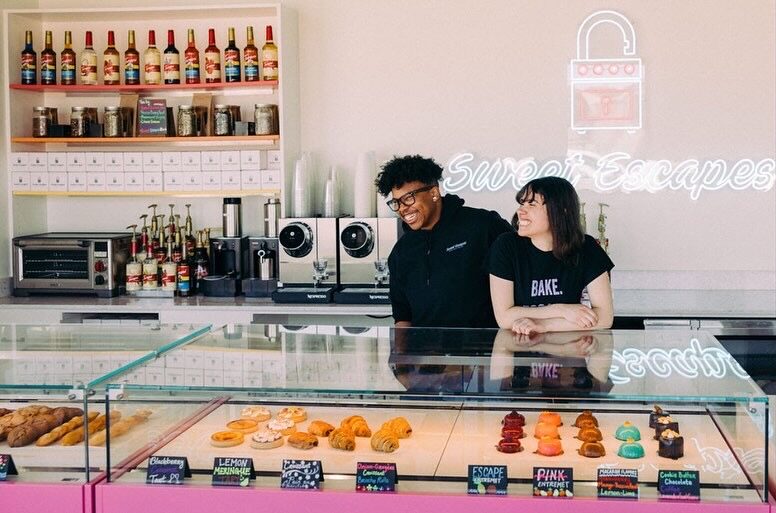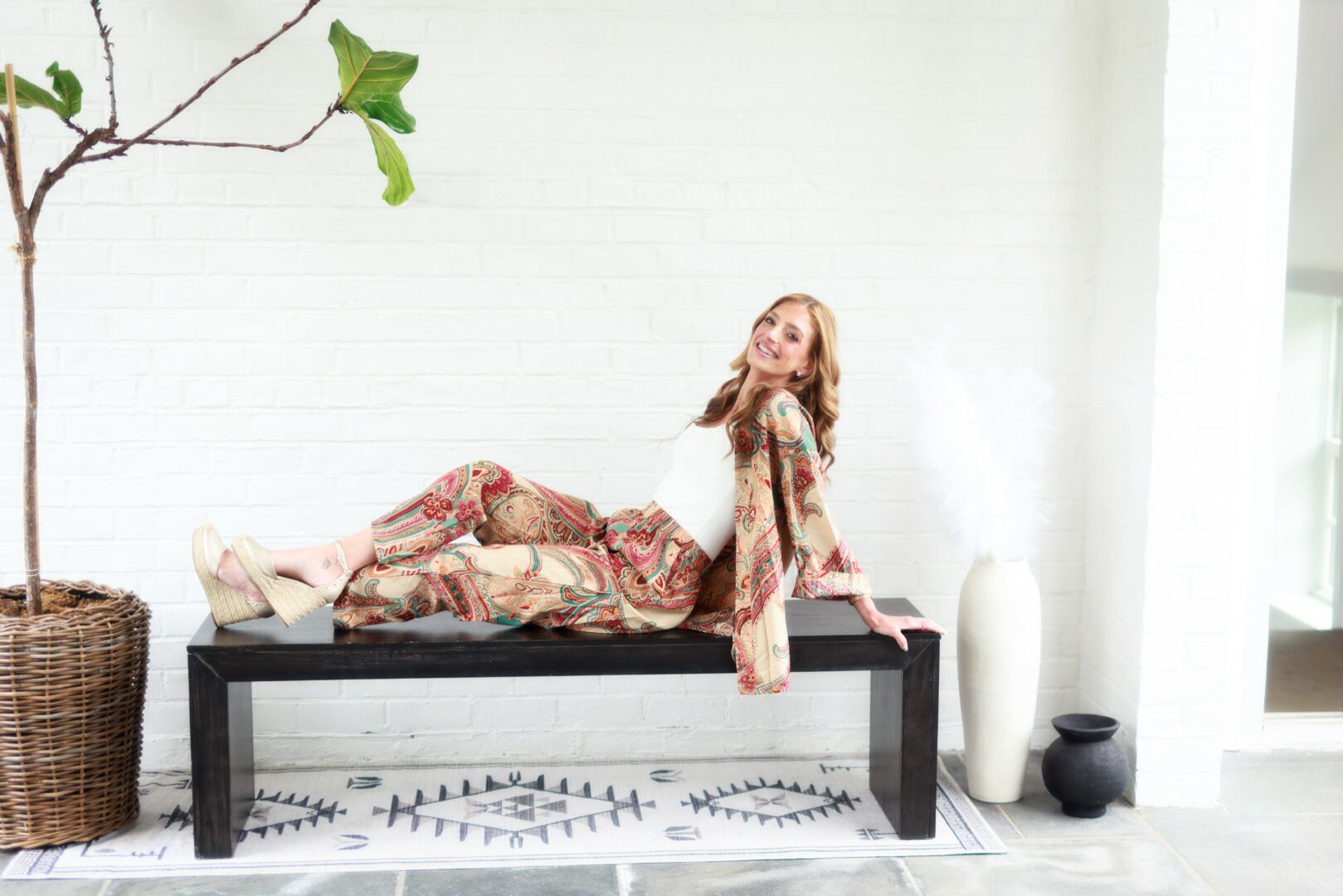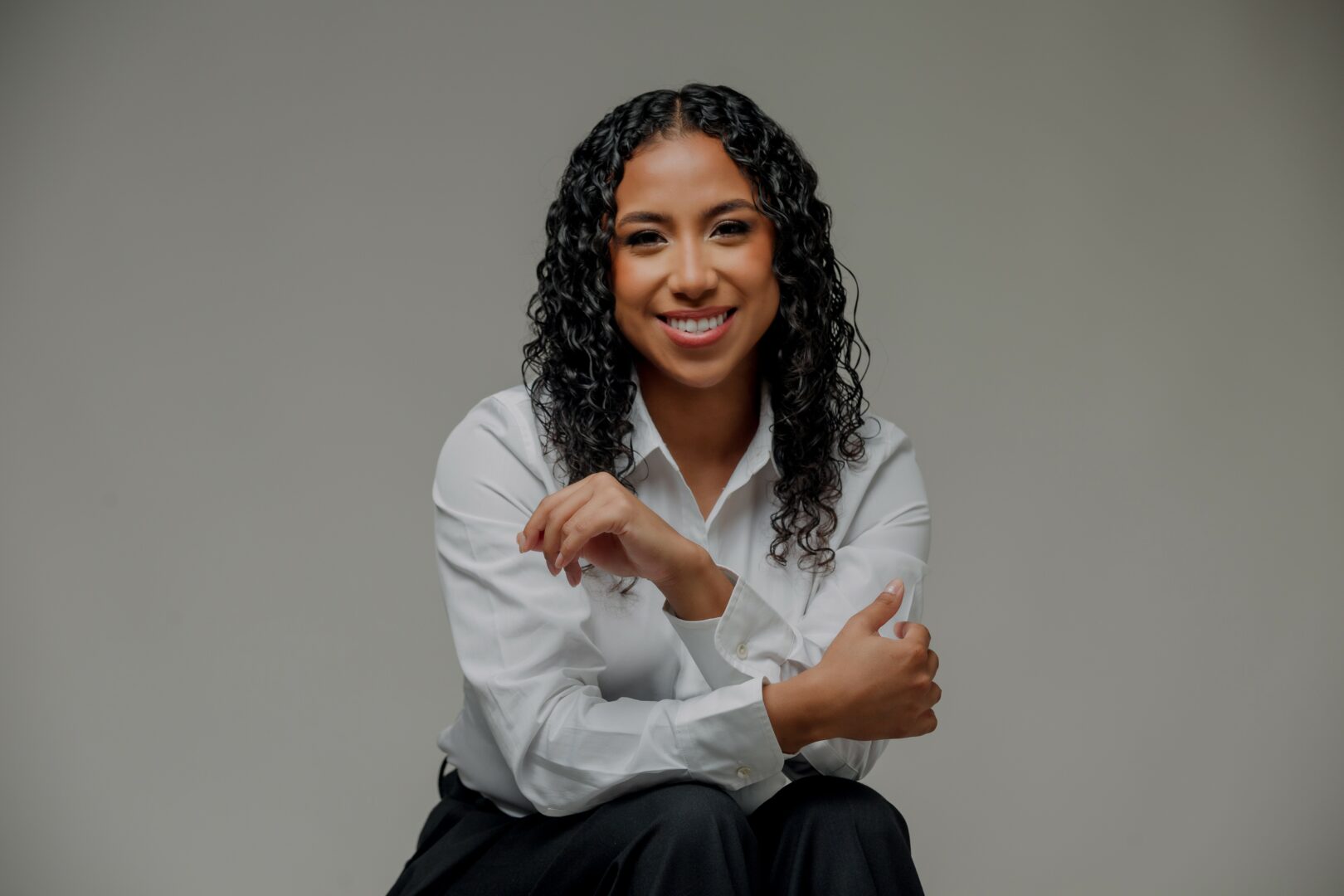We recently connected with Ao Zhang and have shared our conversation below.
Ao, so good to have you with us today. We’ve always been impressed with folks who have a very clear sense of purpose and so maybe we can jump right in and talk about how you found your purpose?
From a very young age, I sensed that art, specifically drawing, might be my lifelong companion. I remember back in kindergarten, there was this boy who could draw. Using simple shapes, he’d sketch robots, and it had everyone, including me, mesmerized. This was my first taste of the enchanting power of art. I envied the magic he wielded, creating worlds with just a pencil and paper. That’s when my bond with drawing began.
Drawing became my anchor during my teen years. Unlike many, I never really went through the typical angst-filled adolescence. Anytime I felt down, I’d lose myself in drawing, and my worries would fade away. Back then, my approach to art was pure. I wasn’t concerned with how good it was or its purpose; I just relished the act of creating. Drawing brought me tranquility, confidence, and strength. Before I knew it, it became a habitual part of my life.
My passion and skill in drawing led me to a prestigious art school. Academically, I was average, but years of honing my craft opened the door to a top-tier institution. My family was incredibly supportive when I expressed my wish to pursue arts academically. I was fortunate to get into a Film Academy, majoring in Animation. From just being passionate and intuitive about art, my college years transformed me into a seasoned professional.
My unwavering love and commitment guided me professionally. As college days zoomed by, I had to think about employment. I had a simple philosophy: do your best in the present, and the future will take care of itself. I was always engrossed in making my current piece the best. This relentless drive, fueled by passion and curiosity, led to a marked improvement in my skills. Upon graduating, I landed a dream job at a major animation studio, designing characters for films. Imagine that – getting paid to do what I’ve loved since childhood!
Following my passion, staying curious, and striving for excellence have been my guiding principles. I’m not one for meticulous planning. Life, in my opinion, is more exciting when viewed as an adventure. But before you embark on it, you need to arm yourself with skills and strengths. Along the way, I haven’t set typical societal goals for myself. Instead, I’ve always been curious about my own potential. Constantly questioning, exploring, and progressing, like the law of attraction, as I strengthened my abilities, everything else just fell into place.
Thanks for sharing that. So, before we get any further into our conversation, can you tell our readers a bit about yourself and what you’re working on?
In my professional realm, I wear many hats – I am a character designer, visual development artist, illustrator, and painting instructor. Up to now, I’ve been involved in several commercial animated films, published an illustrated book, and have launched an online painting workshop. Drawing from years of experience, I continuously face diverse challenges. The most pressing challenge at the moment is deciphering how to convey my understanding and perspective on painting in a manner that’s both accurate and easily grasped by learners at various stages.
For every individual delving into painting, besides persistently honing their basic skills, another inevitable concern is the exploration of one’s own style. I firmly believe that every artist with higher aspirations in painting seeks to find their unique artistic language. However, when faced with the term “style,” there often emerges an indescribable feeling. The word “style” is vast, abstract, and complex. It’s challenging to encapsulate its essence in a mere sentence or two. Still, I believe we can approach it from certain angles, employ specific methods, and carry out experiments to feel and subsequently contemplate what painting truly is.
This rationale inspired the name of my workshop, “The Style Laboratory.” My intent is to break down the core issues in painting into a series of intriguing experiments. By employing techniques like controlled variables, comparative analysis, associative thinking, and structured reasoning, we aim to rationally understand those once vague and ambiguously understood issues. Gradually, students will find their position in the vast map of painting becoming increasingly evident.
Based on the outcomes and feedback from the initial courses, one conviction stands clear: while rationality cannot replace feelings, it can undoubtedly enhance our ability to feel. For this very reason, “The Style Laboratory” is unparalleled and much sought-after.
Looking back, what do you think were the three qualities, skills, or areas of knowledge that were most impactful in your journey? What advice do you have for folks who are early in their journey in terms of how they can best develop or improve on these?
Passion. My career began with a passion for painting. Some say the happiest job is doing what you love most, and it’s true. Despite working for many years, it feels like I’ve never worked a day in my life. I believe everyone has their unique talents and interests. Yet, finding that one thing that genuinely captivates you, which you want to pursue for a lifetime, is not easy. If you find it, consider yourself immensely fortunate. I’ve always felt lucky to have discovered my passion early on, tapping into my potential. People often ask how I’ve managed to stick with painting for so long. My answer? If you genuinely love something, it doesn’t feel like “perseverance” but as natural and enjoyable as breathing.
Curiosity. Painting fascinates me not only for its emotional outlet but also because it significantly quenches my curiosity. Painting is where emotion and logic harmoniously intertwine. On a two-dimensional plane, using lines, shapes, colors, and textures to create a visually appealing, harmonious, and stylized image is both an art and a science. Grasping any technique requires logical thinking and synthesis. As I explore the possibilities of painting, numerous questions arise. Driven by curiosity towards these questions, I can’t help but pick up the brush to seek the answers. The joy of discovering solutions through hands-on practice is beyond words. Thus, curiosity is an inherent and robust driving force.
Living in the Present. Past regrets cannot be altered, and the unpredictable future remains unknown; all we truly have is the present moment. This might sound like an obvious concept, but it took me years to grasp its depth. Most life and career worries stem from the anxiety of not being able to control the past or the future. If they’re uncontrollable, why not let them be? Instead, channel all energy and focus into the present. Similarly, with painting, even the most complex artwork is built one stroke at a time. By concentrating on each brushstroke, the eventual artwork won’t be far off. Conversely, constantly fretting over the final product and fearing failure disperses your current focus, leading to unsatisfactory results. This not only holds for painting but life in general.
Awesome, really appreciate you opening up with us today and before we close maybe you can share a book recommendation with us. Has there been a book that’s been impactful in your growth and development?
Lastly, I’d like to recommend a book that greatly influenced me. To be precise, it’s not just a book but a graphic novel. I recall my university professor recommend it, and when I first saw its cover, I thought the style was simplistic and even a bit rough. I overlooked its contents due to this initial impression. But after graduating, I picked it up again, immersing myself in its content, and what I felt was a profound impact on my soul. Who knew that dry academic theories could be presented this way? That the art of comics could delve so deep? That abstract visual art could be concretely quantified into charts and summarized? Even more impressive was how the author managed to explain the essence of comics through an easily understandable comic form, effectively putting theory into practice. Yes, the book that repeatedly reshaped my perception is “Understanding Comics” by Scott McCloud. After reading it, I recognized the vital role of rationality in artistic creation, profoundly influencing my views on art and my creative methodology.
Don’t let the title and cover deceive you. This book goes beyond the realm of comics to encompass the entirety of visual art and offers profound reflections on one’s worldview. If you, like me, wish to rationally rediscover visual art, I strongly recommend you explore this book. I believe it might serve as an enlightening read for you as well.
Contact Info:
- Website: https://vansonz.carbonmade.com/
- Instagram: @vansonzart
- Linkedin: Ao Zhang
- Twitter: @vanson_z
